These 10 common houseplants are poisonous to cats and dogs
Which houseplants are safe and which are toxic around pets?
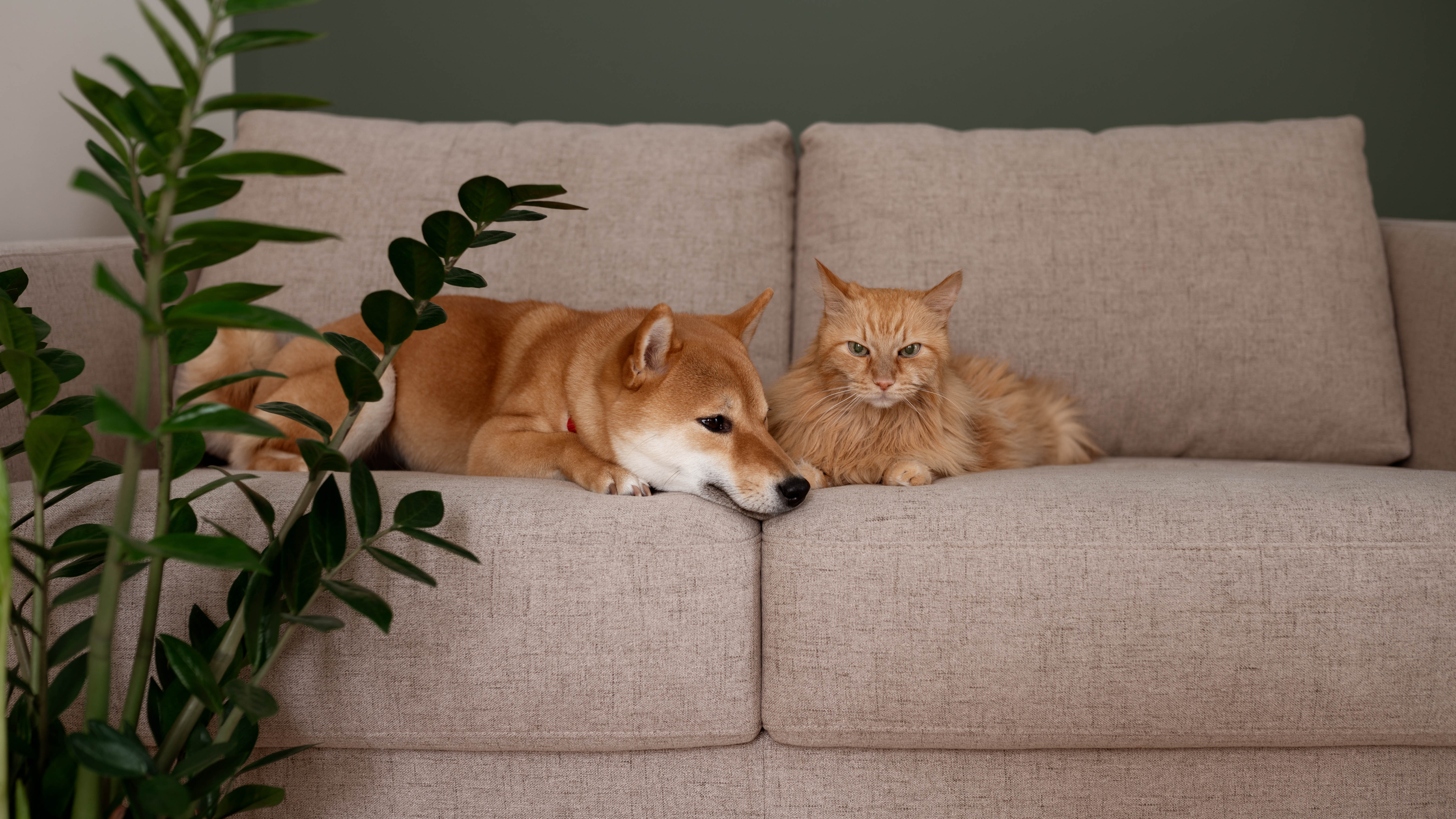
Cats and dogs are like family — which is why we’re so protective of them. When we bring them home for the first time, we check for all kinds of hazards, such as sharp objects or small items they could swallow. But one thing many of us forget to check is the houseplants.
Some common houseplants are actually very toxic to cats and dogs. Depending on how much they ingest, it can lead to illness, or in extreme cases, death. That’s why it’s imperative that you check how safe your plants are to have around your pets and move them out of reach, or out of the home, if necessary. These are the plants that could poison your pets, along with some safe alternatives.
If your dog's ears have started to smell, that's a sign that they need to be cleaned. Here's how to clean dog ears for guidance.
Poisonous houseplants for cats and dogs
Signs that your pet may have been poisoned include salivating, vomiting, diarrhoea, breathing difficulties, appetite loss, depression, lack of coordination and fitting or collapsing. If you spot any of these symptoms, take your pet to the vet straight away rather than waiting to see how things develop.
Please be aware that this list is not extensive, but does cover the more common cases of poisoning.
1. Lilies
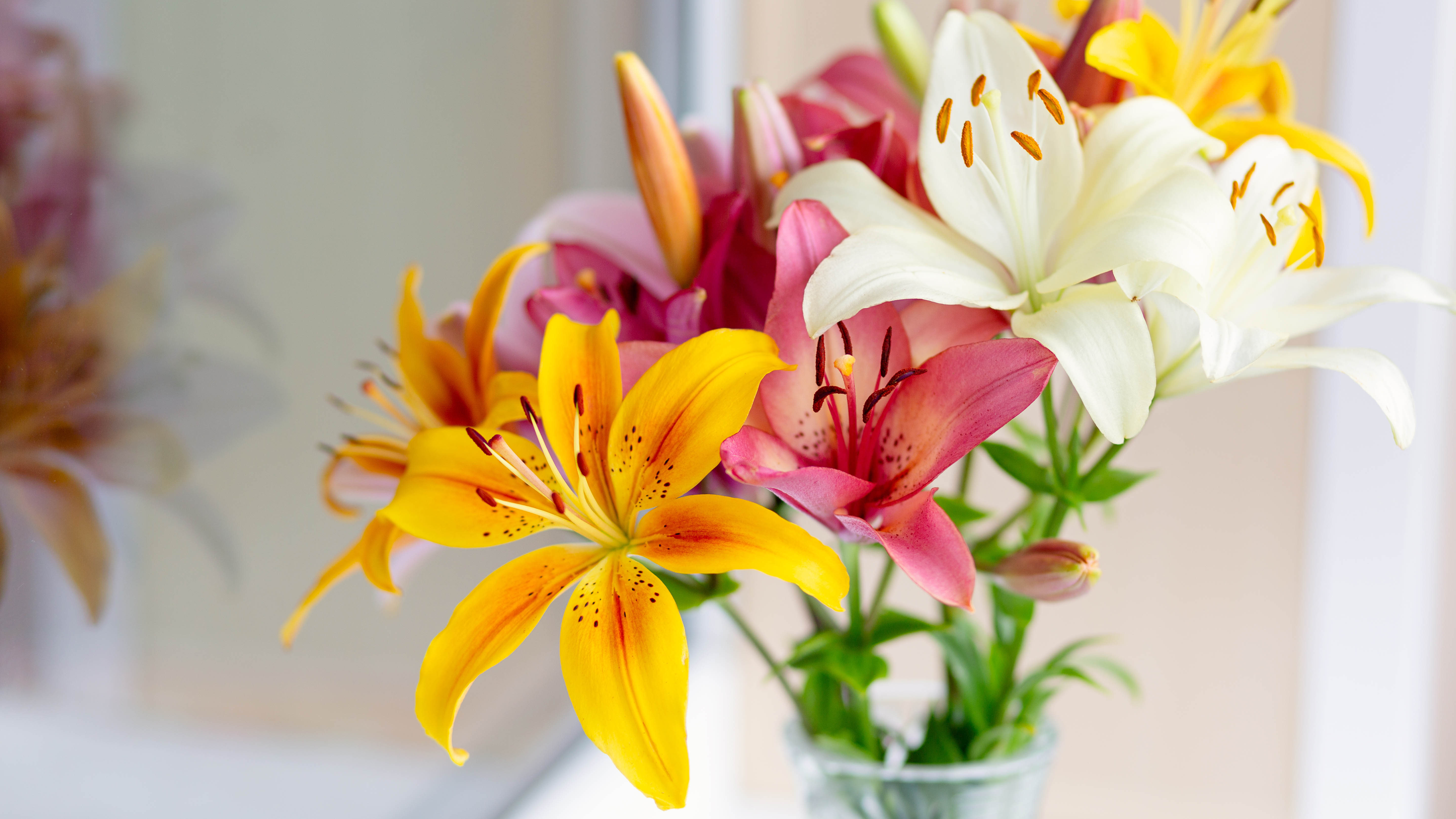
While it’s not technically a houseplant, lilies are definitely worth a mention as they’re extremely toxic to cats. The pollen can easily transfer onto the fur as a cat passes by, which they ingest later as they groom. Even if you remove the stems, every part of this plant is still very toxic to cats, so we don’t recommend keeping them in your home or yard. Lilies aren’t as dangerous to dogs, but they can still be poisonous and make them unwell. Other toxic flowers to avoid in bouquets include tulips, daffodils and peonies.
2. Sago Palm
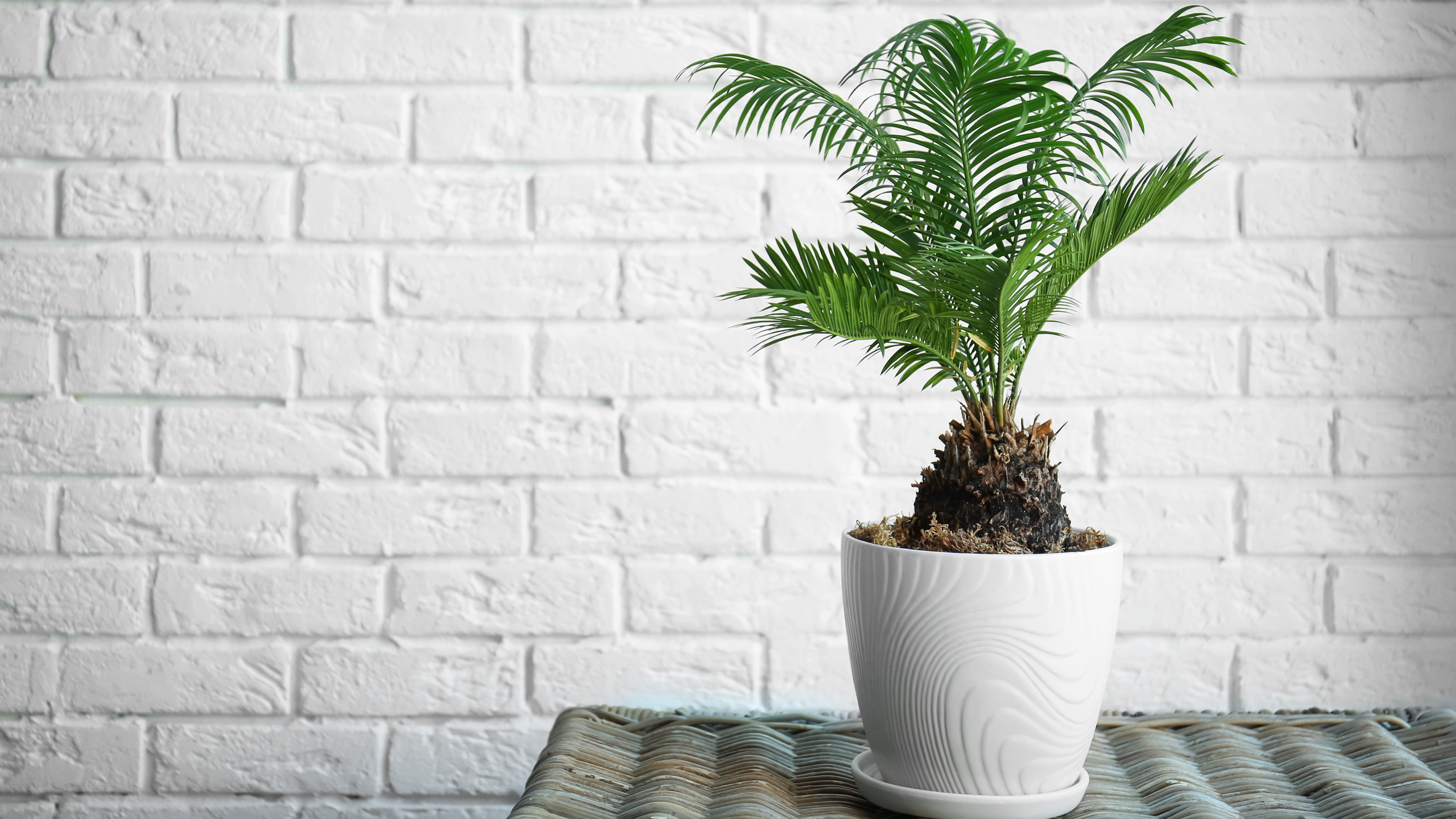
Sago Palms or Carboard Palms are hardy seed plants that come with a thick, woody trunk and a splay of pinnate leaves. They can really range in size and can be found both outdoors and indoors. These plants contain a phytotoxin known as 'cycasin' which can cause damage once ingested — they are considered to be very toxic to cats and dogs.
Sign up to get the BEST of Tom's Guide direct to your inbox.
Get instant access to breaking news, the hottest reviews, great deals and helpful tips.
3. Aloe Vera
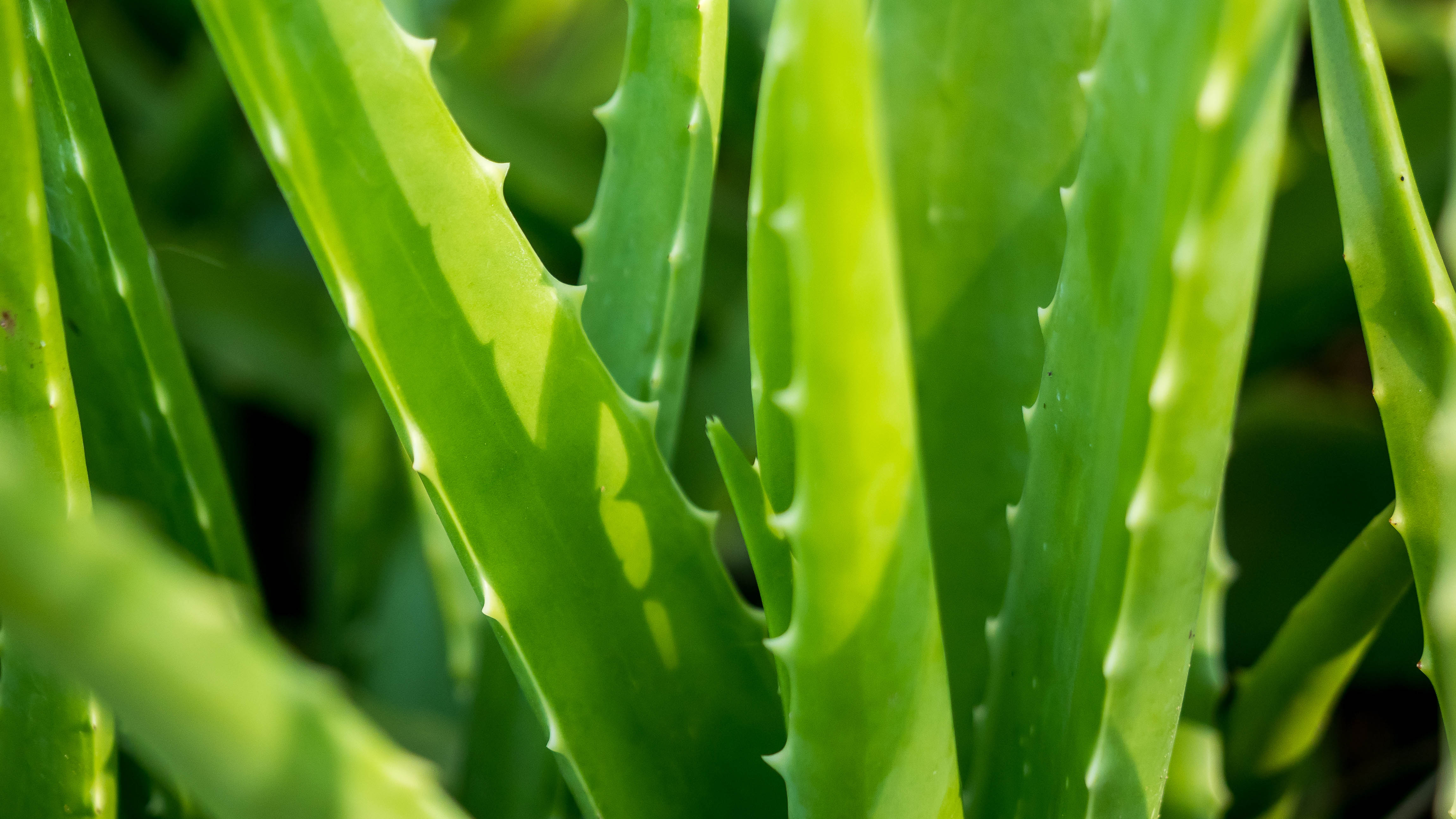
Another common houseplant which isn’t good news for pets is Aloe Vera. While the pulp can be used to treat all kinds of conditions in people, it’s actually toxic to cats and dogs and can lead to vomiting or diarrhoea. Caution should be taken with this plant to make sure it’s well out of reach.
4. Corn Plant
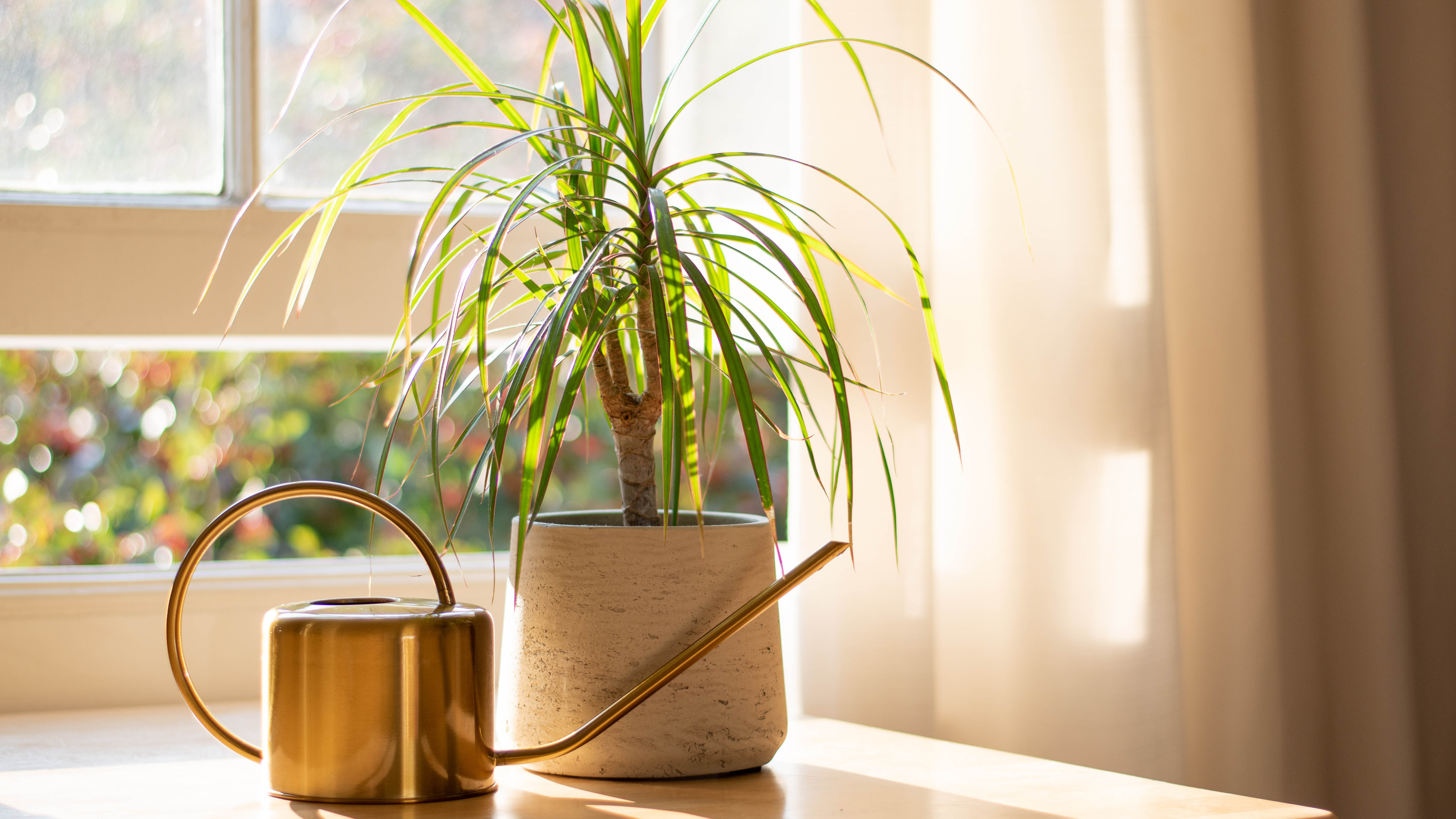
Also known as Dracaena, the Corn Plant looks great and adds a tropical touch to any home, with its multiple canes and vibrant leaves. However, a chemical compound known as Saponin can be found in this plant, which if ingested, can cause vomiting and appetite loss as well as increased salivation. Cats may also show dilated pupils.
5. English Ivy
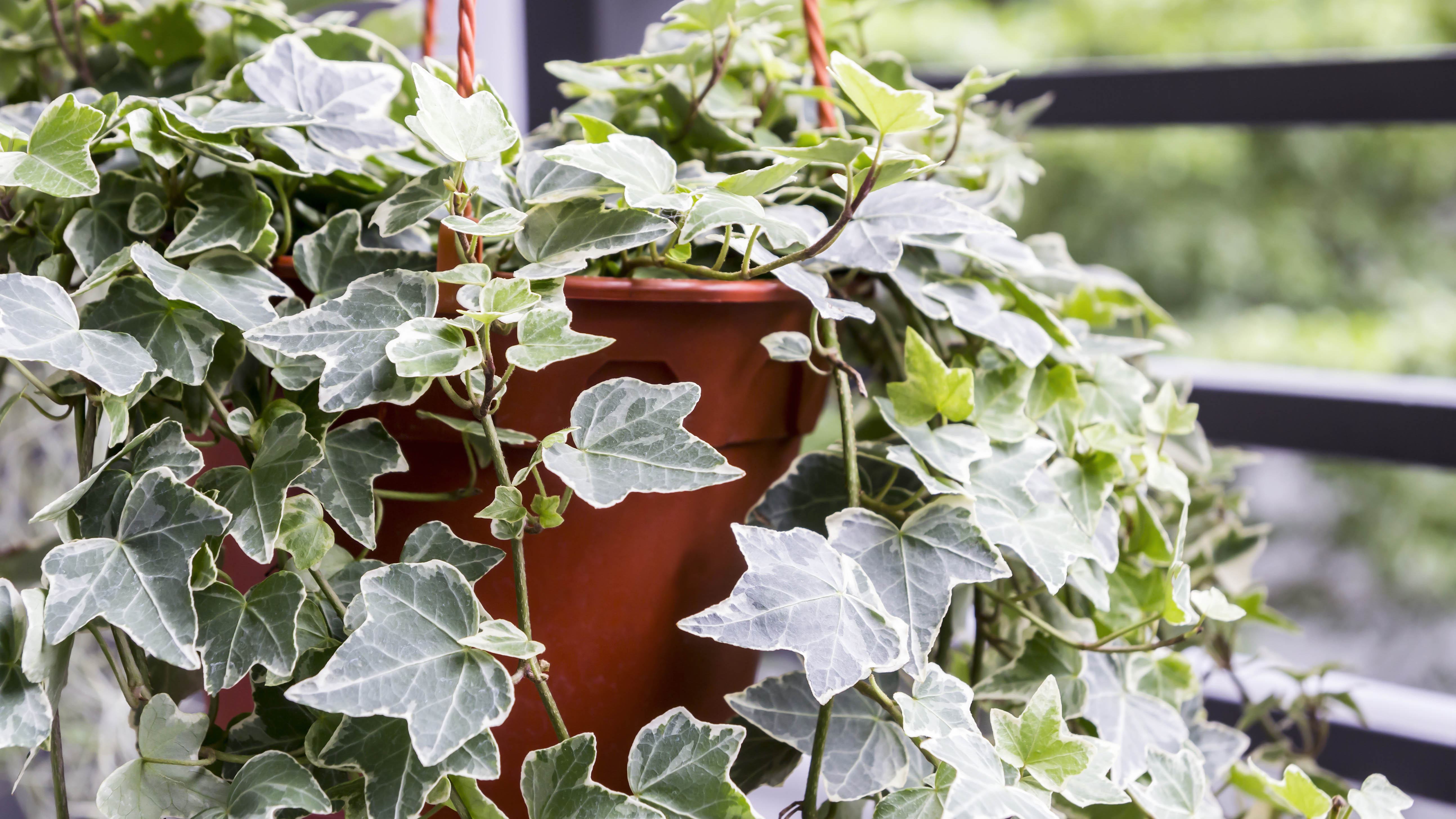
Ivy can give a home a much more natural feel, and looks great draped across the shelves. However, unfortunately, this decorative plant is once again toxic to both cats and dogs. It contains triterpenoid saponins that, if ingested, will lead to diarrhoea, vomiting, salivating and abdominal pain.
6. Hydrangeas
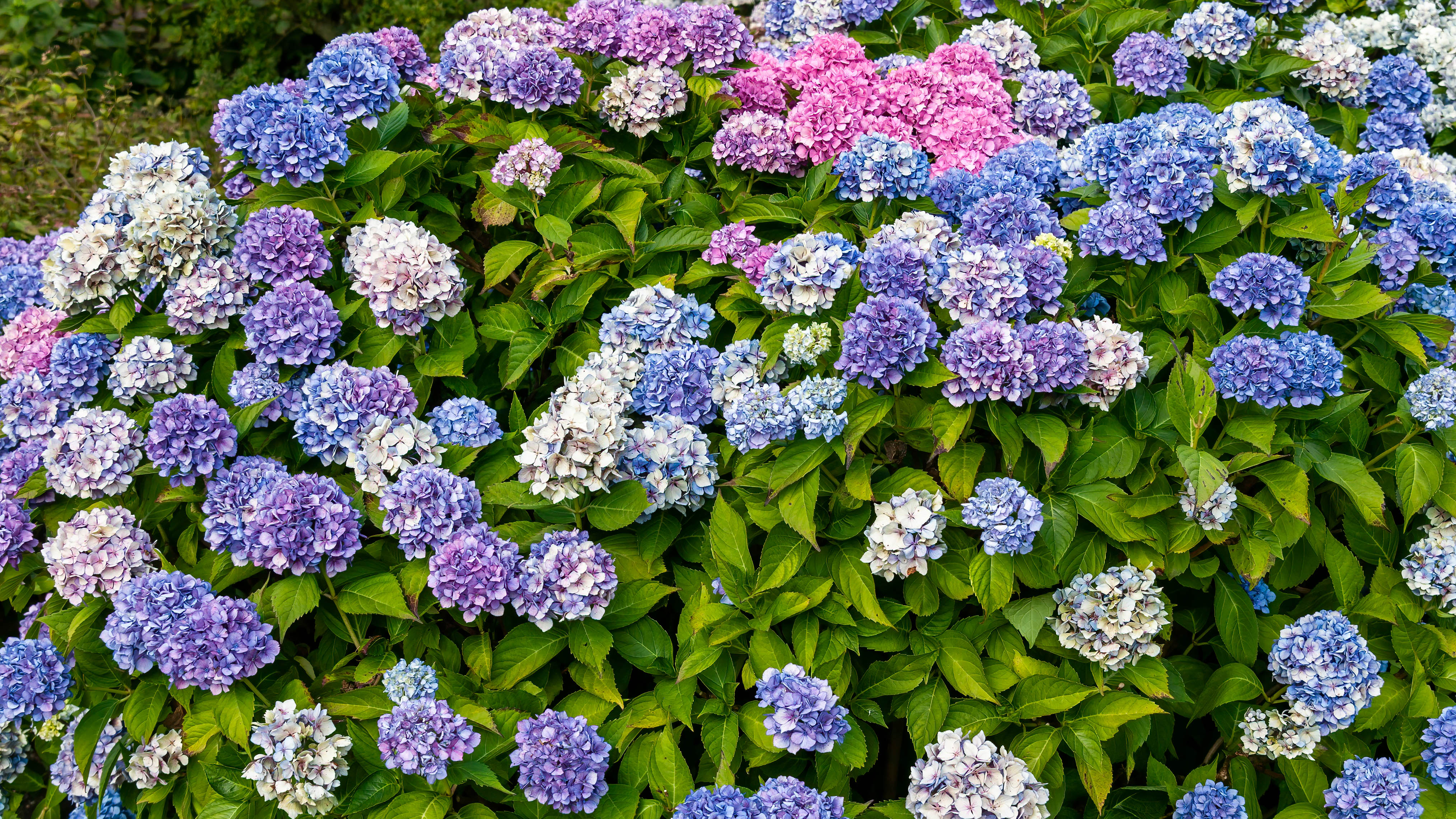
Hydrangeas are are a beautiful and popular plant, but care should be taken around these. The good news is a large amount would need to be consumed for your pet to become ill; symptoms of which include vomiting and diarrhoea. Symptoms are usually mild, but you should still keep an eye on your pets.
7. Jade Plant
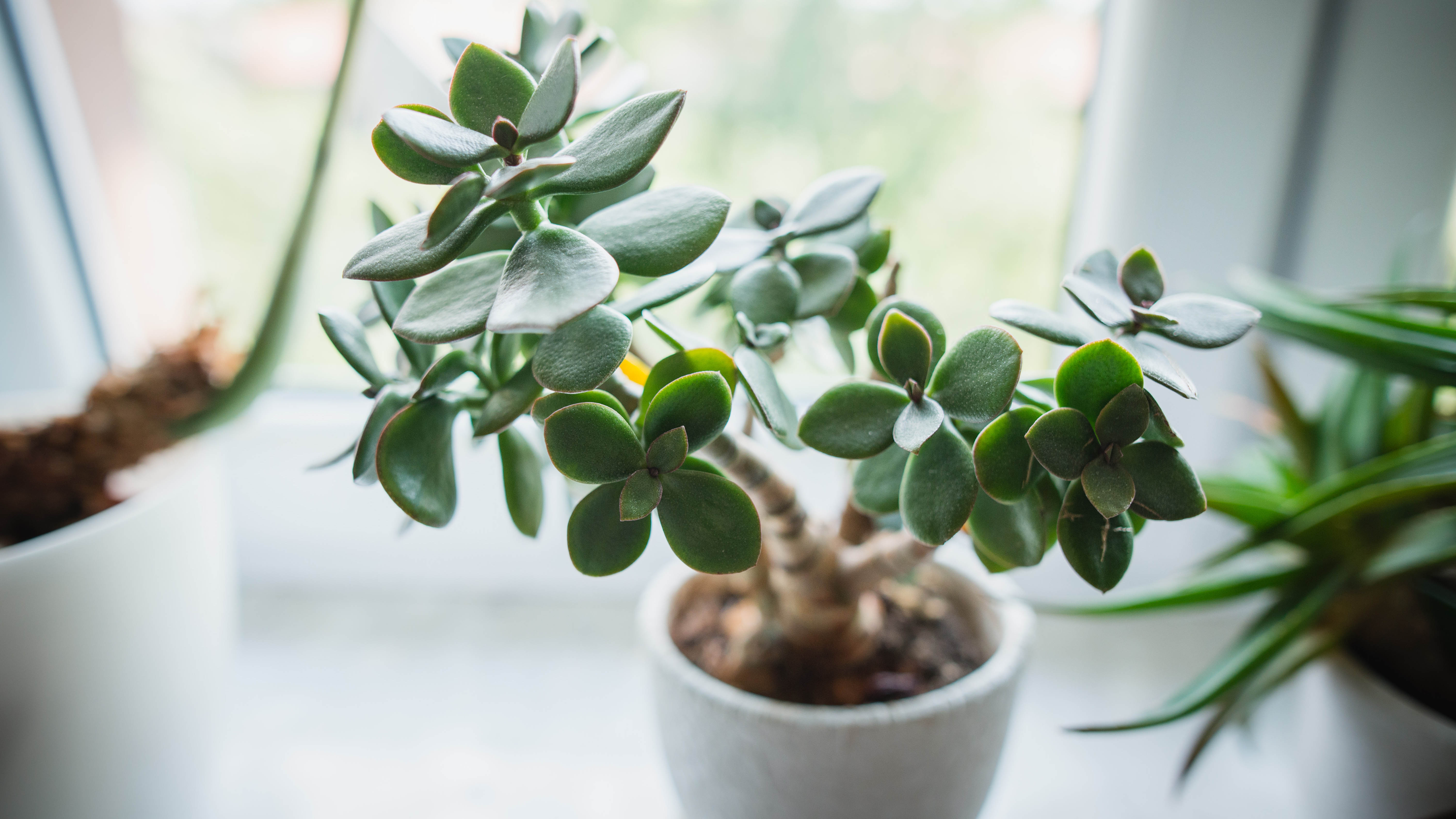
Jade Plants are popular because they’re so easy to take care of — this rubber plant is known for being hard to kill. Unfortunately, it’s not one to keep within your pet’s reach because ingestion can cause vomiting, lack of coordination and, in extreme cases, a slow heart rate.
8. Poinsettia
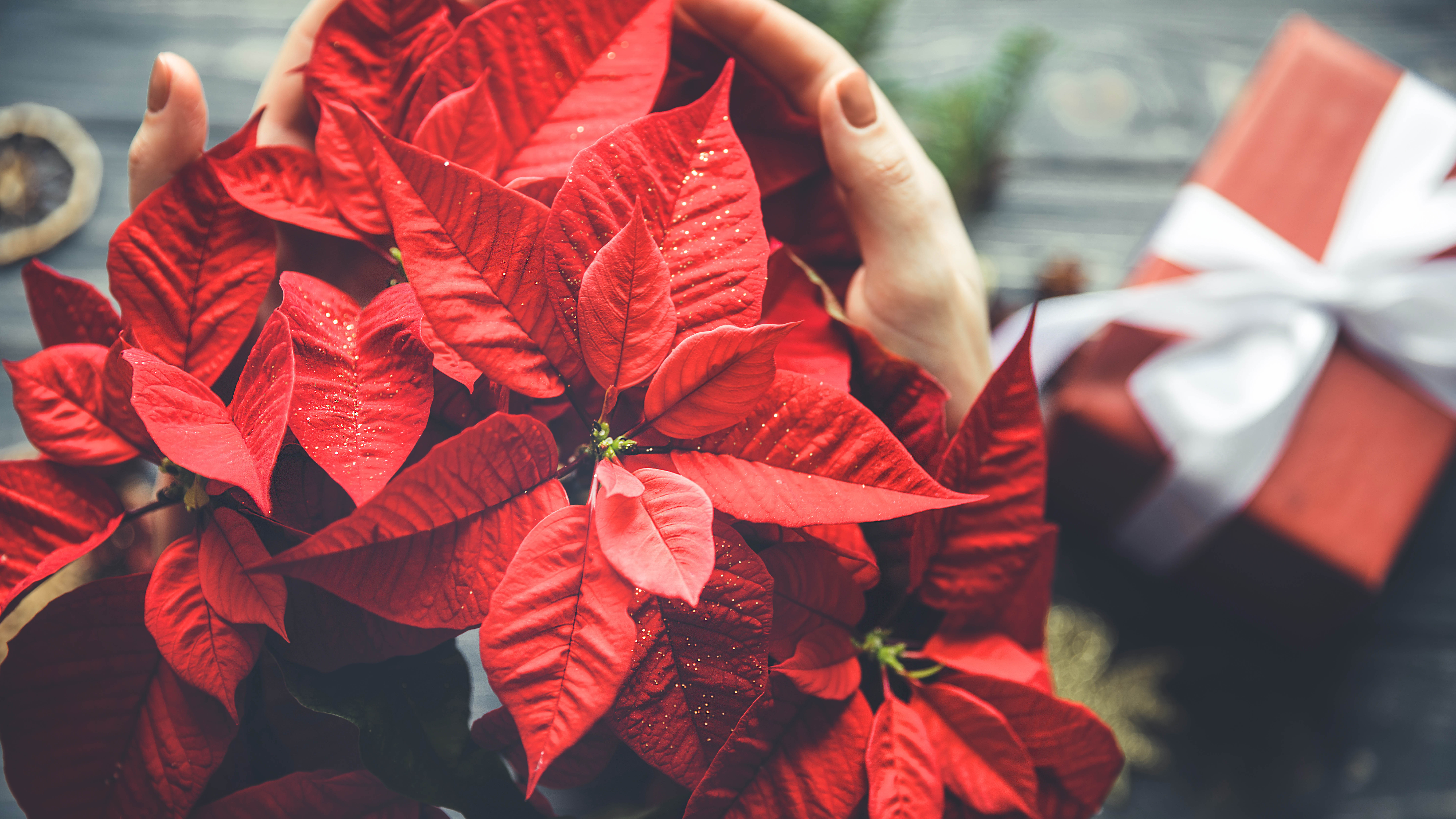
With Christmas comes Poinsettias, but you should know that these festive, red-leaved houseplants aren’t the best to have around pets. They contain a milky white sap which can irritate and lead to vomiting and diarrhoea. They are only mildly toxic though and a lot would need to be eaten to have a severe effect.
9. Asparagus Fern
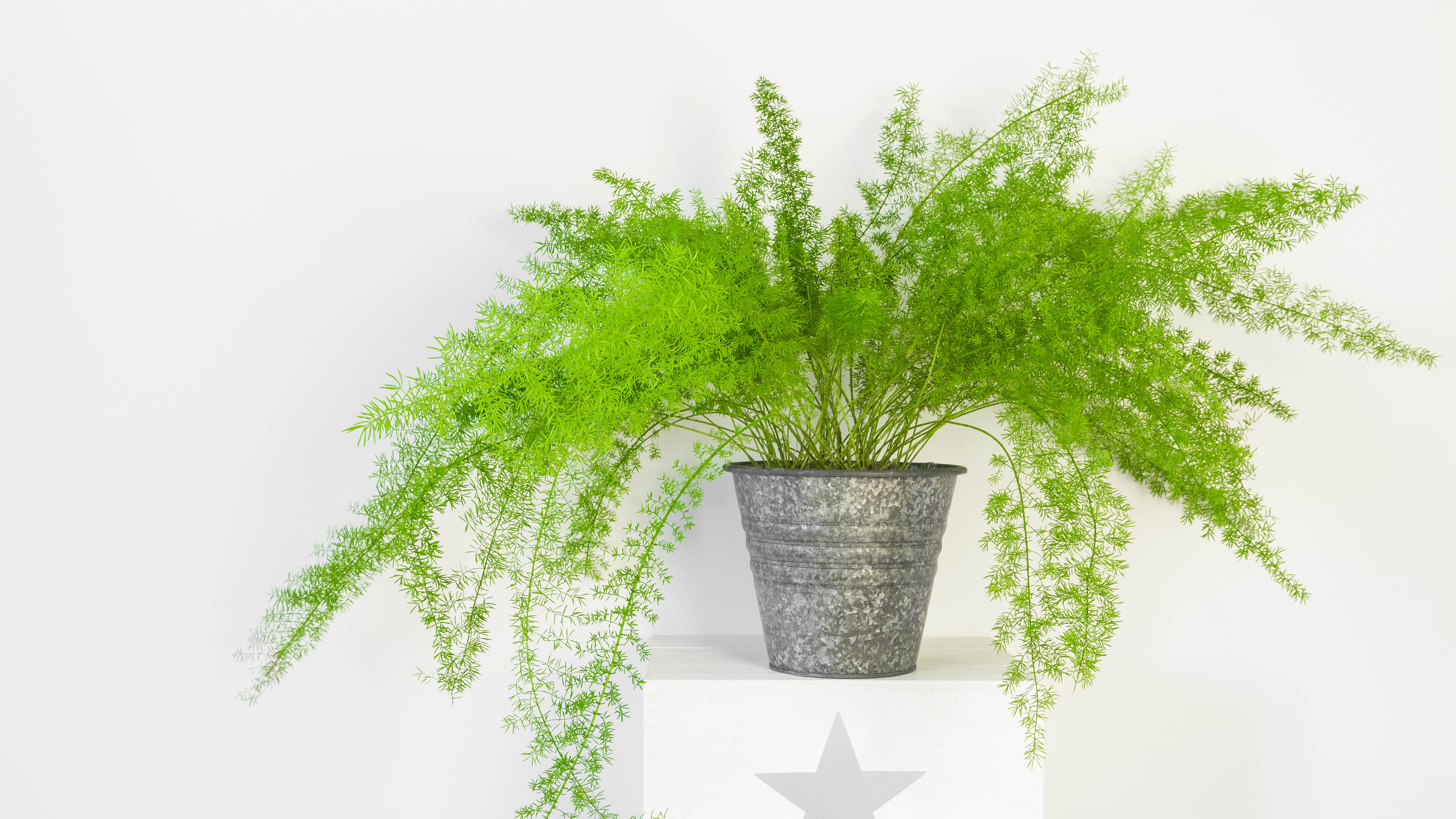
This climbing plant makes for a pretty display with its herbaceous appearance. Sadly, its berries contain sapogenin — a steroid which is toxic to cats and dogs. Ingestion of the berries will lead to vomiting, diarrhoea and abdominal pain. This plant can also irritate your pet’s skin if it’s repeatedly exposed to it.
10. Dieffenbachia
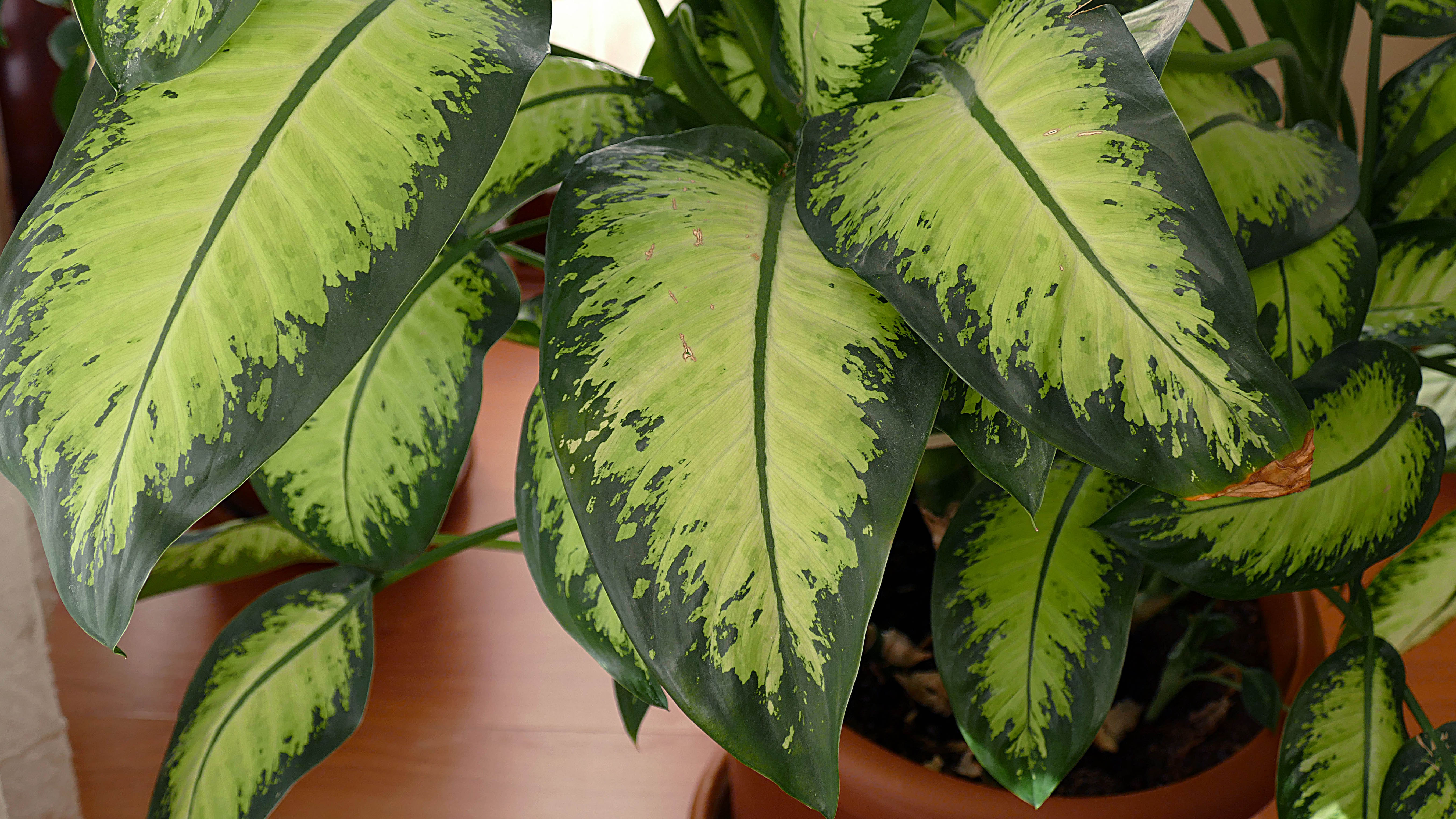
Also known as Dumb Cane, Dieffenbachia looks stunning with its broad and colorful leaves, and it's easy to take care of as well. However, it contains oxalic acid, which can swell the mouth and tongue if ingested, and lead to vomiting and diarrhoea. Every part of this plant is toxic to both cats and dogs.
Which houseplants are safe for cats and dogs?
Here’s a few ideas if you’re looking for safe houseplants around cats and dogs:
- Orchid
- Spider Plant
- Venus Fly Trap
- Boston Fern
- Polka Dot Plant
- Gloxinia
- African Violet
- Calathea
- Areca Palm
- Wax Plant

Katie Mortram used to be a Homes Editor for Tom's Guide, where she oversaw everything from kitchen appliances to gardening tools, as well as smart home tech. Specializing in providing expert advice for cleaning and home manintenance, she now works as Household Advice Editor for Good Housekeeping.
